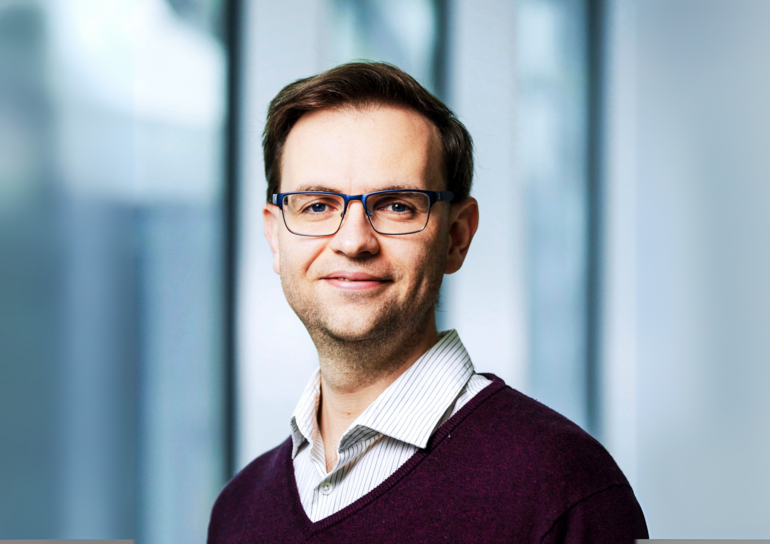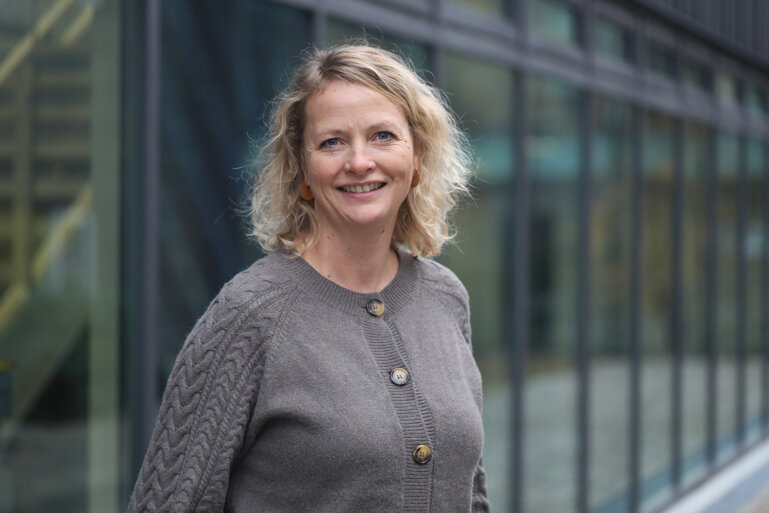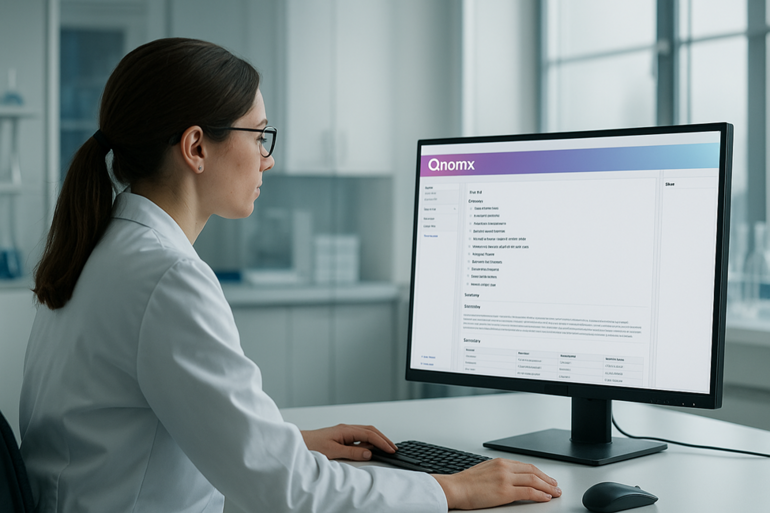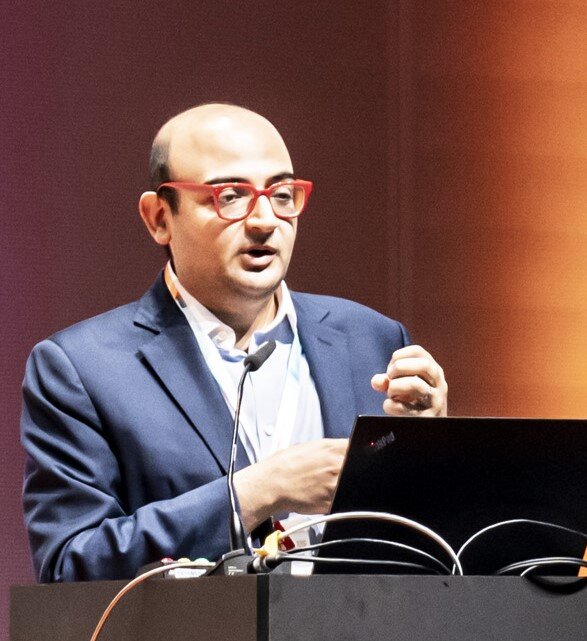The recipient, Balazs Acs from Karolinska Institutet, will conduct a two-year project to transform the manual aspects of breast cancer pathology into quantitative ones
In today’s rapidly evolving landscape of cancer care, supporting oncology professionals in mastering artificial intelligence (AI) and digital tools is no longer optional. Acknowledging this emerging need, ESMO has launched a Digital and Computational Pathology Fellowship: supported by AstraZeneca , it is designed to support ESMO members who wish to play a role in the field of digital and computational pathology, and accelerate the implementation of AI-driven solutions in daily oncology practice. In 2025, the two-year fellowship, offering €200,000 to one fellow to ensure full dedication to advancing this crucial area, has been awarded to Balazs Acs, Associate Professor in experimental pathology at the Department of Oncology-Pathology at the Karolinska Institutet, Stockholm, Sweden. Acs is also the Chair of the Swedish expert group in breast pathology (KVAST) and member of Steering Committee of the Swedish Society of Pathology, and he has contributed to the development of the national guidelines in breast pathology since 2024.
The project is scheduled to begin at the Karolinska Institutet later this year. What are the key objectives to be achieved within the next two years?
My project entails computational pathology mainly to transition the manual aspects of pathology into highly quantitative ones. Today’s cancer diagnostics are performed manually by pathologists: human assessment is associated with a high degree of uncertainty and variability of the results between different centres or even within the same laboratory. One key aim of my research is to improve the biomarkers currently used in breast cancer pathology to better re-stratify the risk of patients, and aid clinical decision-making on discriminating patients who are candidate for specific therapies from those who may not benefit from them. One expected outcome is to demonstrate the ensemble model’s superior prognostic performance over current biomarkers, particularly in challenging cases such as Ki67-intermediate, ER-low, and HER2-low patients. Another objective of the research is to assess novel predictive models for response to neoadjuvant immunotherapy in triple negative breast cancer, by considering both conventional end-to-end models and measures of spatial intra-tumour heterogeneity.
Breast cancer is one of the leading fields in AI and pathology today for several reasons, including the disease global burden, an urgent need to improve diagnostics and outcomes, and a rich availability of data from biopsies and imaging.
In addition to the strong rationale of your proposed project, your selection for this fellowship also reflects your solid background in digital pathology. What have been your key achievements in the field to date?
In the last years, I have already been working on delivering AI models to improve breast cancer diagnostics and prognostics. For instance, I developed an open-source, AI-based digital scoring method in a study to score Ki67 immunohistochemistry whole slides in breast cancer, showing a quite good reproducibility of results between pathologists (Lab Invest. 2019 Jan;99(1):107-117). My research now focuses mainly on the assessment of the tumour immune ecosystem with some AI-based solutions, specifically on how the immune system reacts to cancer cells. With my team, we developed a tool to help measure tumour-infiltrating lymphocytes in melanoma (Nat Commun. 2019 Nov 29;10(1):5440) and breast cancer (Clin Cancer Res. 2021 Oct 15;27(20):5557-5565). Part of my research activity has also been dedicated to establishing a multi-centre clinical collaboration to test the analytical validity of an open-source machine-learning tool for clinical pathology as a result of a collaborative effort among pathologists, researchers and computer scientists.
Digital and computational pathology is an emerging field. What inspired you to take this path since the early stages of your career?
I started my PhD over ten years ago, and even before that, while pursuing my medical studies, I was already exploring the digitisation of pathology and digital pathology. At that time, I realised that this could be the future of the field. Initially, I saw it primarily as a way to improve pathology practice, not yet imagining its full potential. Over time, I recognised that digital and computational pathology could also have a significant impact in oncology daily practice, helping assess patient risk and guide clinical decisions.
During my first postdoctoral fellowship in the US, I continued this focus with an emphasis on biomarkers and AI. Later, back in Sweden, I pursued my second postdoctoral fellowship and then my associate professorship in the same field.
I was confident from the beginning that this was a potentially groundbreaking area, and it appears that it truly is.
However, caution is needed when discussing AI’s potential role in pathology and oncology. I see digital and computational pathology as just another tool in the toolbox for both oncologists and pathologists to improve current practice. For example, when immunohistochemistry was first introduced, many thought it would completely revolutionise pathology. In reality, it became an important tool alongside others. Molecular pathology followed a similar path. I believe AI will soon be integrated into clinical practice, and in fact, it already is in many hospitals around the world.
Education is key to advancing digital oncology as well as other fields, and education is the core of ESMO’s mission. Do you think there are sufficient opportunities available for professionals working in oncology?
For generally accessible education, I think there are quite well-structured opportunities, including courses and workshops designed for clinicians without a background in AI, and specific courses for PhD students or early-stage researchers moving their first steps in the field to develop the necessary skills.
However, for practicing clinicians who want to use AI in their daily routine, there is still a gap. Most of the AI-based systems and tools are new, and not all hospitals have implemented them yet. I believe the focus should shift from teaching clinicians how to develop digital solutions to guiding them on how to use, assess, and integrate them into daily practice. That should be the priority moving forward.
AI & Digital Oncology: Resources in one place
Looking for further insights into how artificial intelligence and digital tools are impacting oncology? The ESMO AI & Digital Oncology Hub brings together expert perspectives, research updates, and thought leadership from across oncology.
It is a space where you can stay informed, discover resources, and follow the conversation on digital innovation in cancer research and treatment.
To further explore the transformative potential of AI in oncology, the very first ESMO AI and Digital Oncology Congress 2025, taking place from 12 to 14 November, will provide a dedicated platform focused on the latest advances in AI and digital technologies in cancer care.







